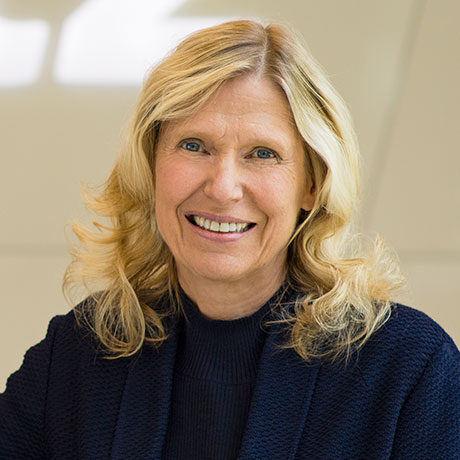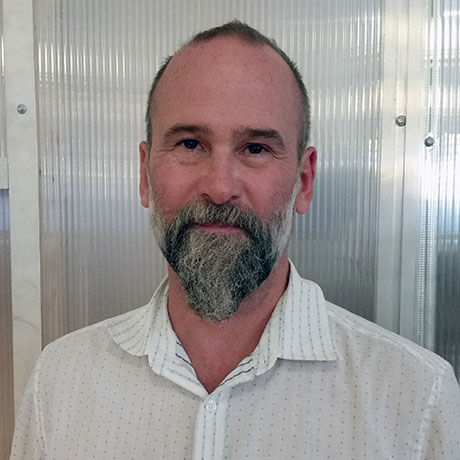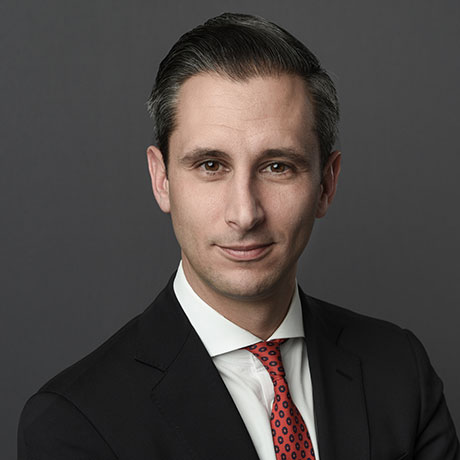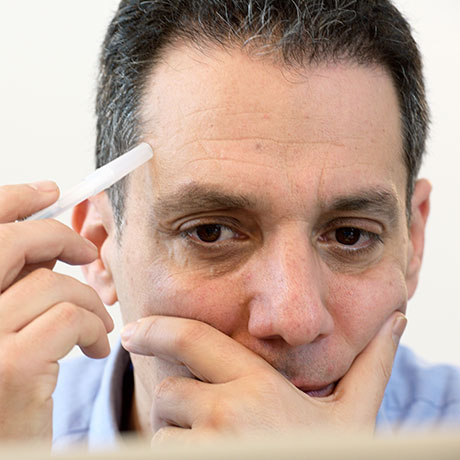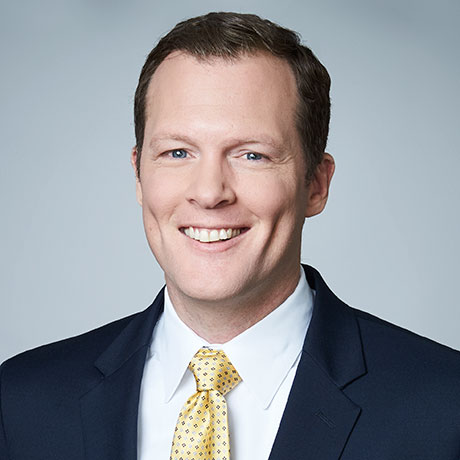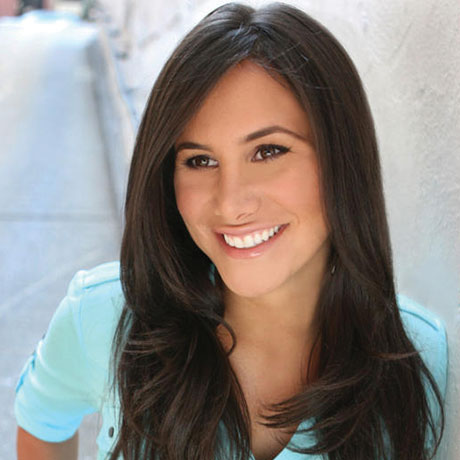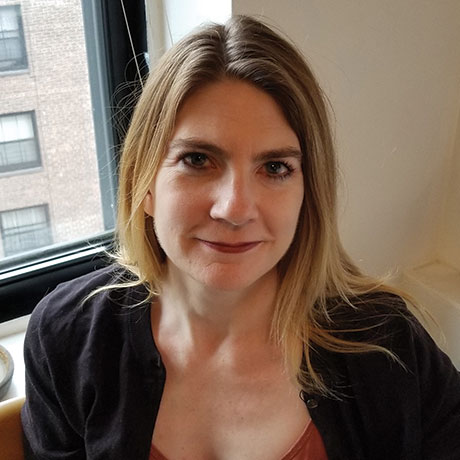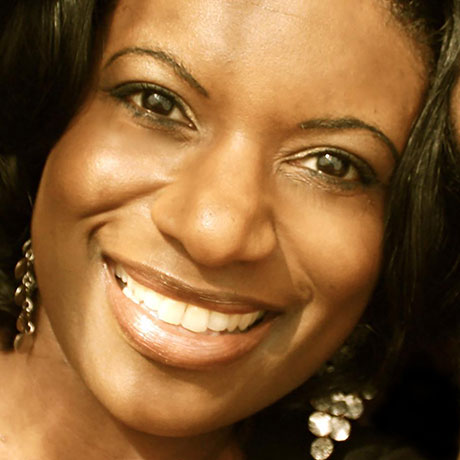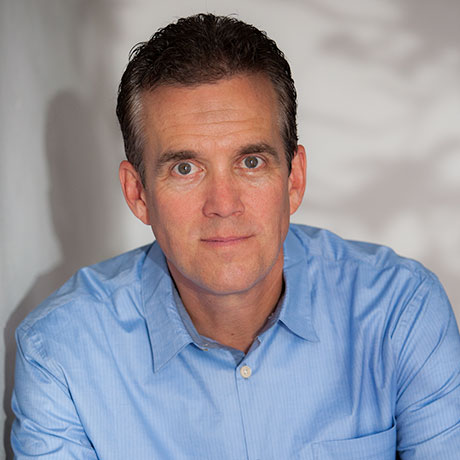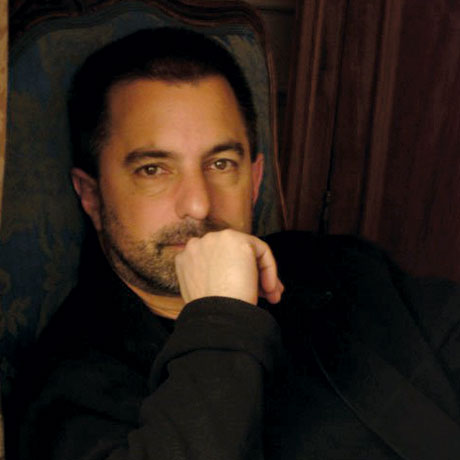Art For Art’s Sake
Brian Tolle, B.A.’86
Political Involvement and Artistic Enterprise
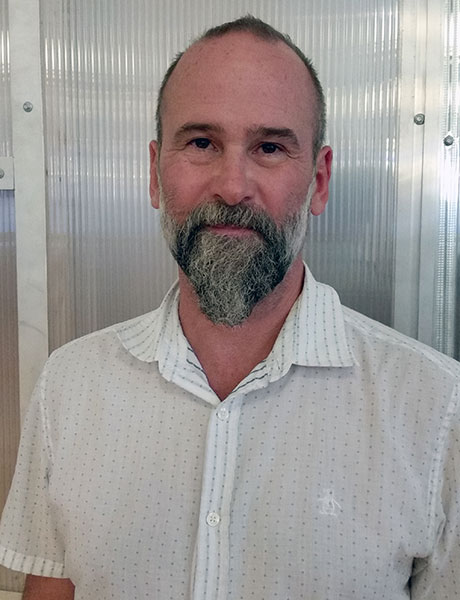
Nearly three decades ago, Brian Tolle transitioned from political science to art. Now the famed sculptor – whose public works have been displayed throughout the United States, Canada, and Europe – finds himself, in a sense, returning to politics and embracing lessons dating from his undergraduate days at UAlbany.
“I really do feel as though things are coming around full circle. I’m being asked to do things that are not typical for an artist to do traditionally, and I’m embracing the opportunity to do them,” he said.
Though reluctant to share specifics until details are finalized, Tolle did say he’s in talks with the federal government to serve as artist in residence at a revered and important symbol of our nation’s heritage.
“I’m being asked to respond as an artist about the Republic, about democracy,” he said of his potential role in the project. “But I’m also being asked to lay the groundwork for inviting creative people into this space [in the future], and making their experience and their potentialities possible.”
Tolle is also drawing from his experiences during a short-lived political career in the office of longtime New York State Assemblyman Denis J. Butler, who represented the Astoria section of Queens.
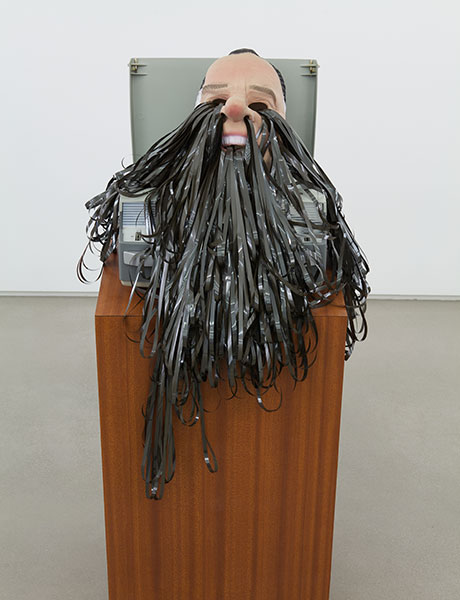
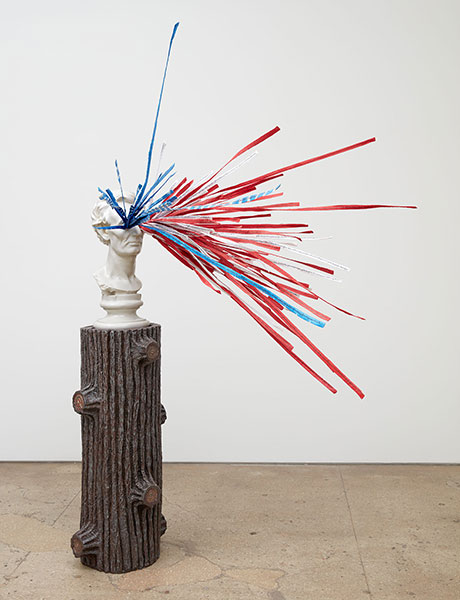
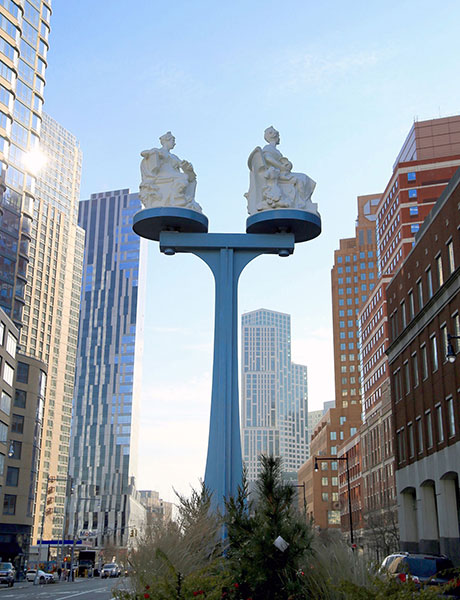
No matter how different his own emerging political leanings were, Tolle learned, his role was to represent Butler. He now finds he is similarly able to separate himself, as artist, from the objects he creates.
“I represent myself in a relatively impartial way. Yes, I know the history of the thing; I know the thought process behind the thing. But I’m not the thing.”
In addition, Tolle learned how to respectfully but firmly address those with contrary opinions, a skill he employs while in talks with financial backers for restoration to his Irish Hunger Memorial in Manhattan’s Battery Park. (He worked on the project in the aftermath of the September 11 attacks; it was completed the following year).
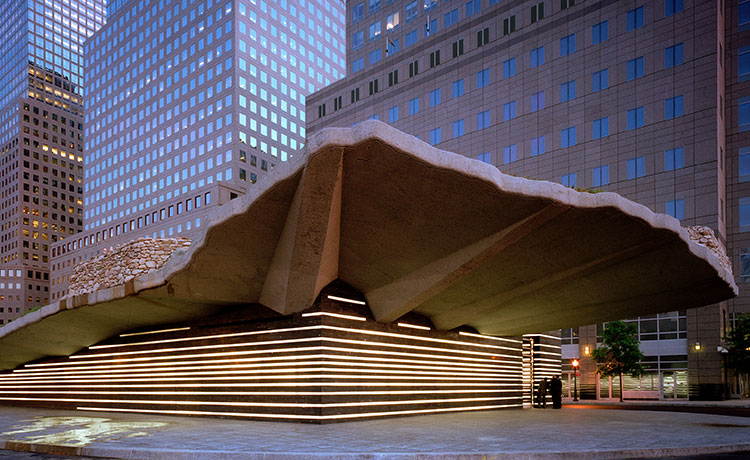
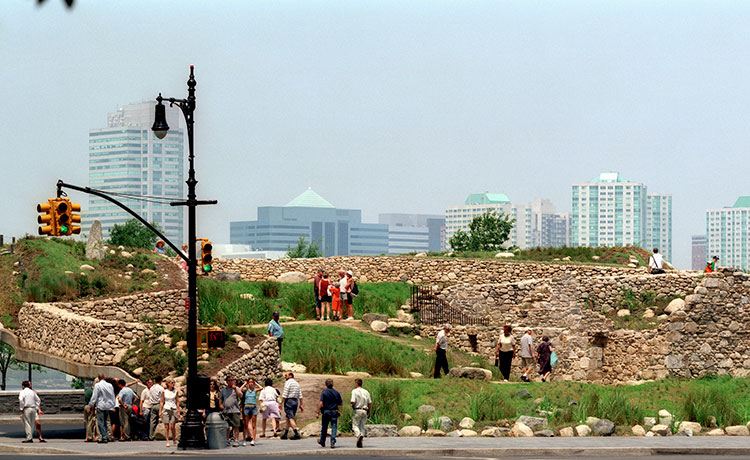
By treating those who hold opposing views “with diplomacy and respect,” Tolle deflects others’ perceptions of him as a temperamental artist – “a cliché” – or “an emotional creature.” He presents the facts “as I see them,” Tolle noted. “I’m not here to argue; I’m here to counsel.”
Politics have, throughout history, both embraced and spurned the arts. But art will always transcend politics, Tolle said, adding that there are parallels between these two human endeavors. The genius of documents like the Constitution and the Magna Carta lies in their existence as abstract ideas that transcend the pieces of paper they are printed on – and that are open to different interpretations.
In making that point, Tolle arrived at his own epiphany: “The relationship between my political involvement and my artistic enterprise is the fact that these realities exist in my mind, and that they’re open to interpretation by me, and by everyone,” he said. “And that’s very appealing to me.”
